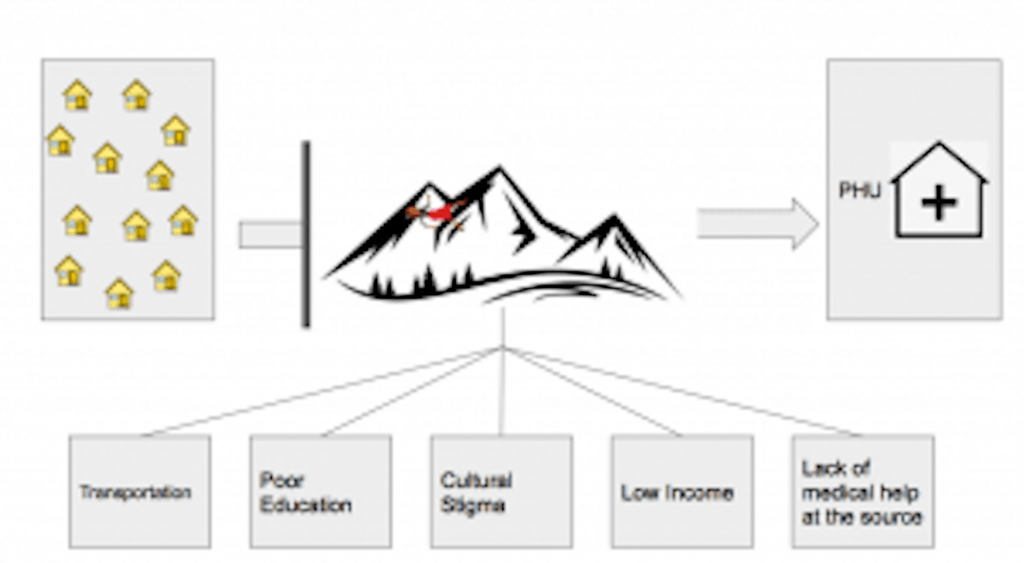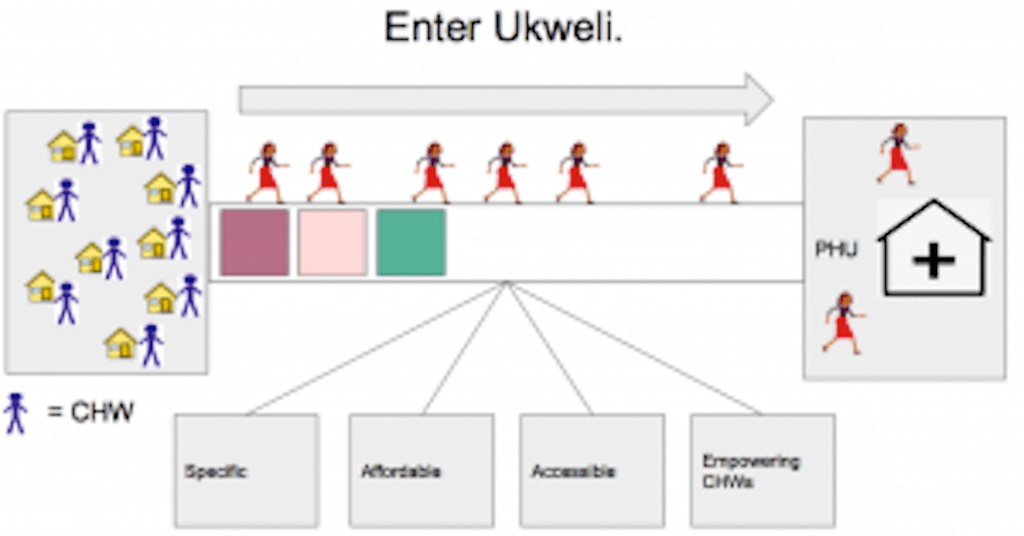During the past lecture, our class looked at two separate case studies that revolved around a women’s cooperative in East Africa intended to produce a nutrient-rich porridge to ween young children off of breast milk, and therefore reducing their risk of contracting HIV from their mothers. Using ethical decision making and grassroots diplomacy strategies, my group formulated potential solutions to take to solve the issues at hand.
Aspects relevant to both case studies:
Step 2: Defining Stakeholders for the situation
- Children at breastfeeding ages (More for Case #1)
- Lactating mothers (More for Case #1)
- Women joining/working in the co-op
- Women’s cooperative grant donor
- You as a researcher
- Local farmers (More for Case #1)
- Doctors / Health network (More for Case #1)
- The actual cooperative
- Families with women working in the cooperative
Step 3: Motivations of Stakeholders:
1. Children at breastfeeding ages
This stakeholder is mainly focused on receiving food that tastes good and something they would actually want to eat. At the age they’re at, they would not be as focused or aware of the nutrients or risk of HIV.
2. Lactating mothers
This stakeholder would be concerned with the health of their children, and delivering to them sufficient amounts of nutrients while reducing their risk of contracting HIV.
3. Other Women
This stakeholder may could benefit from this cooperative with a potential job with it in the future. Additionally, if they had a child in the future, this cooperative and the product created would directly impact their baby.
4. Women’s cooperative Grant Donor
This stakeholder would want their money to go towards a productive venture that eventually achieves the goal that the money is going towards.
5. You as a researcher
You would want to create a successful cooperative that achieves it’s goal and creates impact in the community, both for personal and professional reasons.
6. Local Farmers
The local farmers in this region of East Africa could benefit from this cooperative by providing crops to the porridge production and thus making a source of income.
7. Doctors
The doctors in this region would be happy to see a healthier community as a result of the porridge.
CASE 1:
Step 1: Determine the facts in the situation
In the East African region that is being focused on, 35% of children have stunted growth, and until they are around 24 months old receive their nutrients from breastfeeding in addition to a maize and banana gruel that is not very nutritious. The issue with this is that the HIV rate in this region is very high, and when children breastfeed for an an extended period of time, they are at a higher risk of contracting HIV from their mothers.
However, you are tasked with creating a women’s cooperative intended to produce a nutrient-rich porridge to ween young children off of breast milk, and therefore reducing their risk of contracting HIV from their mothers. This cooperative already has 500 women interested, but many in the area are skeptical of the porridge due to the mindset of breastfeeding their children as well as the potential pesticides that are used in the porridge’s ingredients.
Step 2:
Refer to “aspects relevant to both case studies”
Step 3:
Refer to “aspects relevant to both case studies
Step 4: Formulating alternative solutions
Solution 1: Form a section of the cooperative to educate women on the different risks of the porridge and HIV and let them decide if they want to buy the porridge or not.
From a virtue based thinking, this is a good idea because the good thing to do in this situation would be to properly educate your customer base about the risks and benefits of the product. The pros of this solution is that it properly educates potential customers and allows them to make their own decision on what to buy, but this also presents a possible con in that some of the women may not interpret the information properly and still make a decision that is riskier than the alternative choice.
Solution 2: Create the porridge and privately test for pesticides on the assumption that the pesticides are better than contracting HIV. After testing, sell to the communities without disclosing the risks and educate the women to stop breastfeeding after the child is 6 months of age.
Looking at a consequence based thinking approach, if the goal is to choose the healthier option for the community in the fastest way possible, then this would be a solid choice. However, hiding findings about a product that will be fed to children presents a whole other set of ethical issues. Other pros include that the image of the cooperative is not tarnished because the community is unaware of the risks.
Solution 3: Create the cooperative and create packaging that allows potential buyers to recognize if they are at risk for or potentially have HIV. The packaging also has educationally information that strongly urges women to not breastfeed if they are at risk of/potentially have HIV.
This situation is similar to solution #1 presented, but places it on packaging instead of creating education programs. The pros is that it is more time and cost efficient than creating a whole educational program, but poses the same risk with the possibility of potential customers misinterpreting the information.
Step 5: Seek additional assistance & Step 6: Select the best course of action
Many companies list information about the risks and benefits of their products on their packaging, which would make solution 3 the most viable option. This solution is ethical in that it provides more information to the customer, but is also more time and cost efficient than the other option of informing customers about the product.
Step 7 Implications of the venture
Placing educational information on the packaging instead of taking time to go out and implement a educational program gives the cooperative more time to focus on other aspects of the business that would allow more porridge to be sold and for the project to reach a larger customer base. Informing potential customers about the product will also probably make people more comfortable buying the porridge, which would help the cooperative.
Case 2:
Step 1: Determine the facts in the situation
Although the cooperative has been effective and the porridge is selling well, and thus helping provide nutrients to children while reducing the risk of them contracting HIV, there is a problem on the operational side. Despite the fact that the women working in the cooperative are earning money, that money is being handed over to the men in the households and then spent on alcohol and other frivolous objects. Although the women are upset that the money isn’t going to help feed their family and provide other necessities, there isn’t anything they can really do.
Step 2:
Refer to “aspects relevant to both case studies”
Step 3:
Refer to “aspects relevant to both case studies
Step 4: Formulating alternative solutions
Solution 1: Incentivize families to spend money responsibly by showing receipts spent on food, water, etc. If they are spending the money responsibly they get an X% raise so long as they continue spending responsibly.
This solution incentivizes the families working with the cooperative to spend their money on more useful things for the whole family, but this solution could create a lot of extra costs to the cooperative by providing raises for smart spending. It saves face for the men involved, as it doesn’t directly call them out for their spending, but could lead to some sort of issues in the long term if the men caught on to the scheme.
Solution 2: Create a point system that rewards the women’s work instead of giving wages. The women can use these points at a store the cooperative sets up so they can get things that are necessary for their family.
The biggest takeaway of this situation is that money isn’t being brought back to the households for it to be taken by the men and spent poorly. However, this situation could make the men angry, which could hurt the cooperative. The store created could also create a lot of costs for the cooperative and the store may not even store what the workers would want.
Solution 3: The cooperative keeps the money and keeps track of what each women has earned. The women are then able to take money out by specifying what they will buying and giving a few days heads up.
This situation takes the money out of the households for it to be used by the men, but also allows the family to take the money out and spend it on goods for the family. Giving a required heads up before taking the money out also takes more measures to ensure that smart choices are made for spending.
Step 5: Seek additional assistance & Step 6: Select the best course of action
Many cooperatives run a payment system similar to solution 3, where employees can use their wages as a sort of “share” that they could take out whenever they choose. With this knowledge, solution 3 would appear to be the best course of action to take.
Step 7 Implications of the venture
With the money not going directly home and presumably to the men of the house, spending from the cooperative workers will be more focused towards helping their children and their family as a whole.



